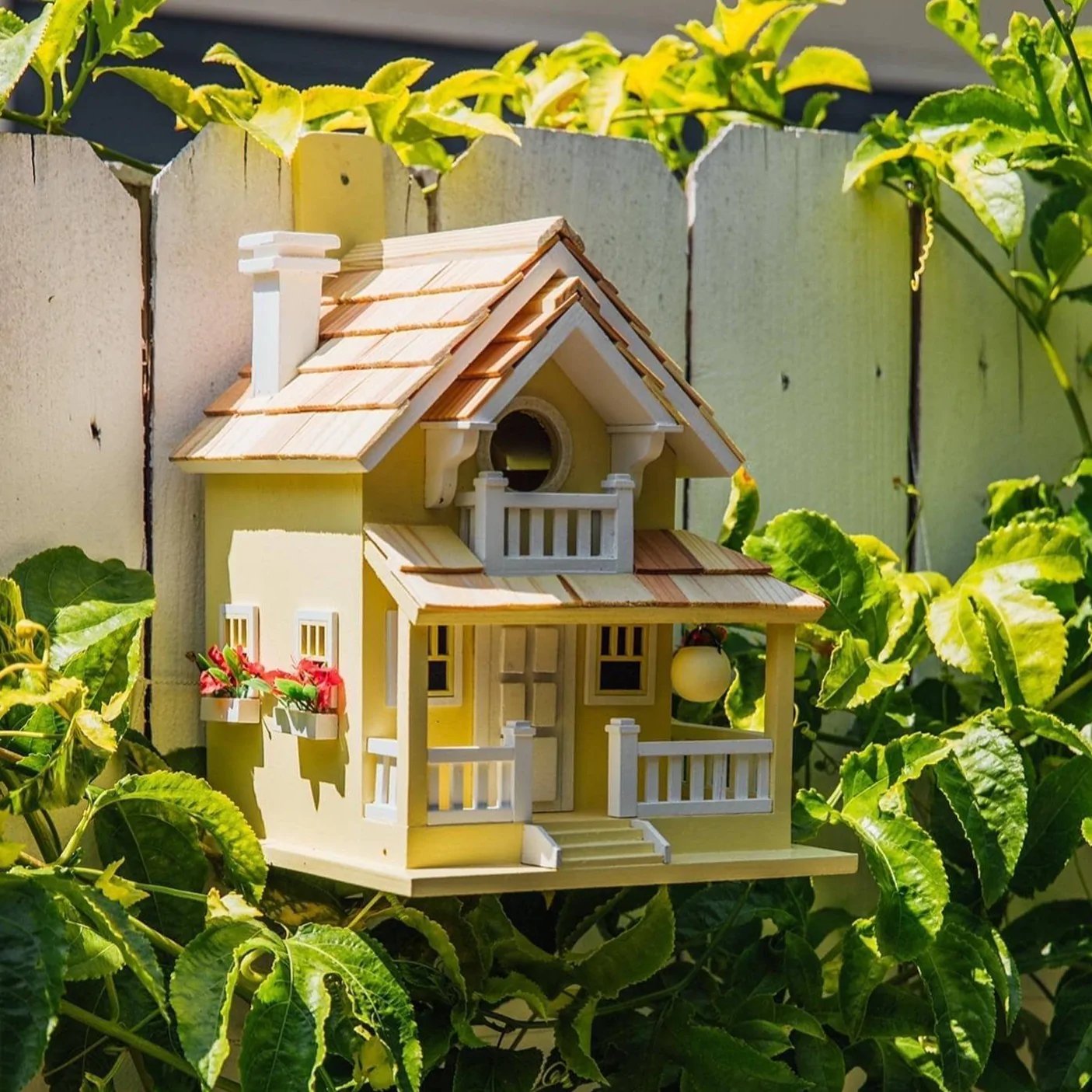
Five Best Herbs to Grow in An Indoor Or Outdoor Herb Garden
Share
There’s a reason gardeners (and even those with not-so-green thumbs!) love to buy, tend to and grow fresh herbs. They’re beautiful, they smell wonderful, they are relatively low-maintenance and they can elevate your cooking immediately. Whether you intend to start your herb garden with tiny seeds, a trip to the local nursery or even potted herbs from your grocery store, we’ve got you covered with plenty of suggestions for both outdoor and indoor herb gardening.
Here are our five favorite herbs to plant:
- Versatile, Bright Basil
- Fresh, Sweet Mint
- Classic, Fragrant Rosemary
- Funky, Verdant Cilantro
- Beloved, Useful Parsley
1. Versatile, Bright Basil
If you love cooking pasta (and who doesn’t?), then you’ll really enjoying growing basil. While it’s actually native to Southeast Asia, it is very often used in Italian-American cooking. Add it to a caprese salad, tomato basil soup or a pomodoro sauce. Basil is also a key ingredient in pesto sauce, which is an Italian recipe that calls for pine nuts, parmesan and olive oil.
Smaller sprigs of basil can be added to all sorts of soups, including Vietnamese pho. Or add it to fresh summer rolls for an extra bright flavor.
If you’re entertaining during the warmer months, a basil gimlet is always a big hit. The drink is made with sugar, fresh basil, limes and gin.
Basil is relatively easy to care for. It requires lots of sunlight and water, and grows better in warmer temperatures. If it’s very cold, move it inside but place it in a windowsill. Trim basil regularly. If you see flowers beginning to blossom, cut that stem, as blooming flowers mean less flavorful basil.
Smaller sprigs of basil can be added to all sorts of soups, including Vietnamese pho. Or add it to fresh summer rolls for an extra bright flavor.
If you’re entertaining during the warmer months, a basil gimlet is always a big hit. The drink is made with sugar, fresh basil, limes and gin.
Basil is relatively easy to care for. It requires lots of sunlight and water, and grows better in warmer temperatures. If it’s very cold, move it inside but place it in a windowsill. Trim basil regularly. If you see flowers beginning to blossom, cut that stem, as blooming flowers mean less flavorful basil.
2. Fresh, Sweet Mint

If you’re looking to brighten and freshen up just about anything, mint is a great first choice for those new to herb gardening. Mint can add a zingy lightness to heavy meats like lamb. It can also be used, along with lemons and cucumber, to infuse water without adding any calories.
You can also use mint to make a mojito. Or dry the leaves and experiment with making a homemade peppermint tea.
There are many varieties of mint. All types of mint do well in moist areas near water, growing year-round in partial sun. Mint grows quickly, so trim regularly, and find a friend or neighbor to share your bounty with.
3. Classic, Fragrant Rosemary

This herb is a woody, popular herb that’s native to both the Mediterranean and Asia. It does well in droughts and lots of sun, making it a great choice for Southern Californians. You’ll also notice many gardeners use rosemary not just for herbs but also for decoration, like a flower or a shrub.
Rosemary is great for roasts like chicken, pork and turkey. The dried leaves are very popular in Mediterranean dishes.
The fresh, clean smell also makes it a nice choice for homemade soaps and incenses.
4. Funky, Verdant Cilantro

One thing’s for sure about cilantro: if you hate it, you really hate it. While some people are genetically predisposed to thinking cilantro tastes like soap, rest assured that the vast majority of us really do like it!
Cilantro is a staple in Mexican cooking, especially in fresh dips and salsas like pico de gallo, guacamole and salsa verde. It’s also great sprinkled over stews, soups, tacos and other meats.
You may also see cilantro referred to as coriander or Chinese parsley in Asian cookbooks.
Cilantro grows best in well-drained, moisture-rich soil. Careful, though. Cilantro isn’t as forgiving as basil or rosemary. Overly warm weather will cause cilantro to wilt and degrade.
5. Beloved, Useful Parsley

There are two types of parsley commonly seen and grown in America: flat-leaf and curly. Usually, when you see parsley called for in a recipe, it’s flat-leaf that’s desired.
Both are quite green and offer a grassy, natural and bright flavor. But the flat-leaf variety is easier to cut, wash and garnish with. And it’s downright gorgeous. Sprinkle it over meats and vegetables and use it to make hearty stocks. It’s also delicious atop pastas or in an Italian gremolata.
Parsley grows with vegetables like tomatoes, asparagus and corn. If you’re growing any of these, you’ve got the right temperature, soil and sunlight exposure to succeed.
About Us:
Happy Gardens is the premiere online destination for beautiful, unique garden decor and gifts. We hand-select high-quality products that are sure to be cherished by you, your family and your guests for years to come. We have an awesome selection of products like garden stakes and rain gauges that’ll brighten and beautify your herb garden, too. To join our mailing list and be the first to know about our new products and awesome promotions, click here!












1 comment
Wonderful post on herbs. Can’t wait for our snow to melt and gardening begins. Thank you! Your atcles are so enjoyable to read.